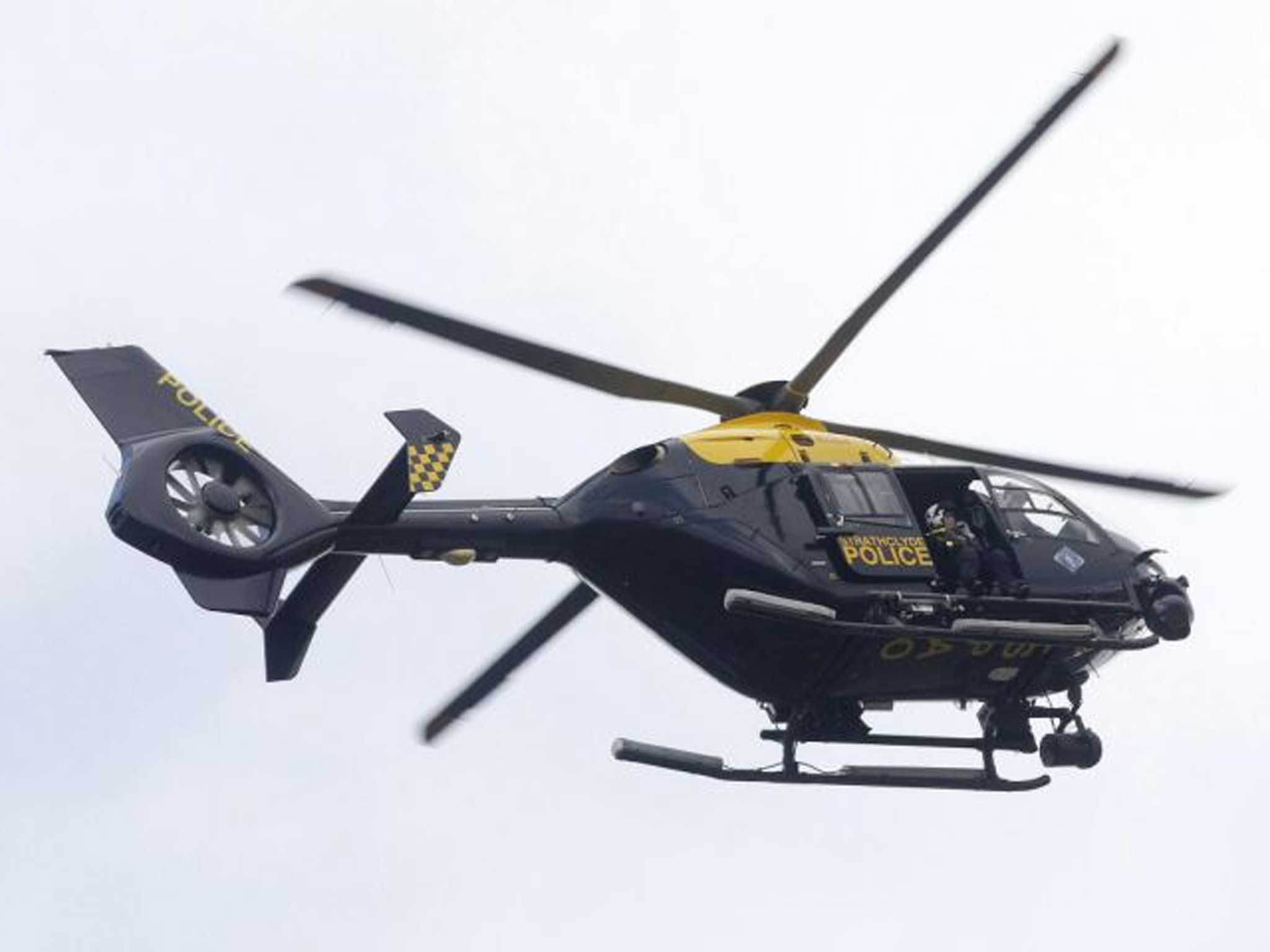Helicopter crash Glasgow: Inquiry into Clutha Vaults accident could take months

An initial bulletin detailing the basic events of the Glasgow pub helicopter crash could well be issued soon by the Air Accidents Investigation Branch (AAIB) team.
But it could be some time before the exact cause of the accident is known and the AAIB is able to publish a full and detailed final report.
In the latest incident, the investigation team, which is based at Farnborough in Hampshire, will be able to talk to eyewitnesses.
The investigators will want to know what those in the vicinity saw and what they heard.
Their accounts could give investigators an idea of what was happening to the helicopter in its final moments.
The AAIB will also be keen to study any flight data recording equipment that may have been on the crashed helicopter.
For example, in the August 2013 North Sea helicopter crash in which four people were killed, the AAIB was able to recover from the sea, after an extensive and difficult salvage, the combined voice and flight data recorder (CVFDR).
This gave investigators details of the entire flight and of a number of hours of operation before the flight.
They were able to listen to commands given by the captain and the co-pilot as well as radio transmissions and passenger announcements.
In that particular investigation, which is ongoing, the AAIB has not found any evidence of a technical fault.
In the Scottish pub crash the AAIB, as with all its investigations, will want, if it can, to make known any safety-critical findings as soon as possible as they would have a bearing on the operation of other similar aircraft.
In the North Sea helicopter crash of April 2009, for example, the AAIB was able to establish fairly early on that the accident which killed all 16 people on board was mainly caused by gearbox failure.
It is generally reckoned that helicopter accidents are usually caused by three main things - operational error, mechanical malfunction, and electrical malfunction.
Experts always maintain that helicopter pilots face a difficult time whenever they fly.
The very nature of helicopters means the slightest thing going wrong can lead to a catastrophe.
In contrast, the pilots of a large commercial plane could be faced with any number of problems and be able to still get their plane down safely.
The proliferation of North Sea crashes in recent years emphasises just how hazardous helicopter travel can be, particularly in bad weather.
An international helicopter safety symposium in the USA a few years ago showed that the helicopter accident rate was 7.5 per 100,000 hours of flying, whereas the airplane accident rate was approximately 0.175 per 100,000 flying hours.
The symposium's chairman said: "Vertical flight is an exclusive engineering feat that only helicopters can offer. They operate close to the ground, within the earth's boundary layer and are exposed to hazards beyond other flight vehicles. It therefore requires special attention to ensure safety of flight."
PA
Subscribe to Independent Premium to bookmark this article
Want to bookmark your favourite articles and stories to read or reference later? Start your Independent Premium subscription today.

Join our commenting forum
Join thought-provoking conversations, follow other Independent readers and see their replies